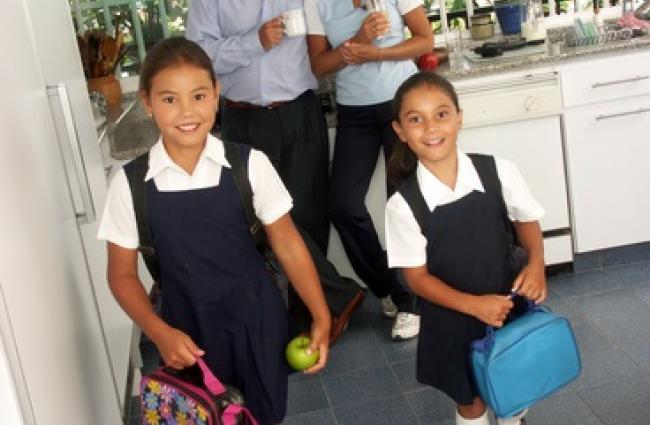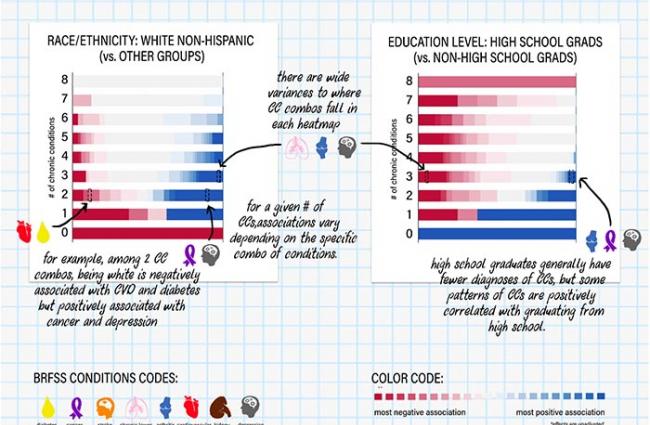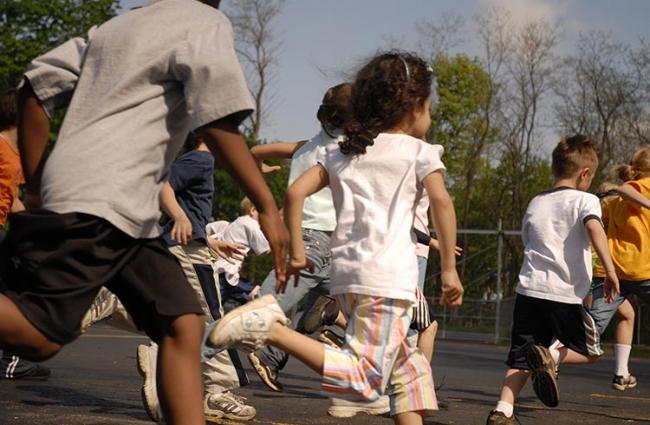Evidence for Action (E4A) funds research evaluating the population health, wellbeing, and racial equity impacts of programs, policies, and practices. What We're Learning is a repository of media pieces, research articles, presentations, reports, and other materials highlighting E4A supported research and findings. Sort by topic or resource type.







The Worksite Wellness Study website highlights information around the University of Illinois workplace wellness intervention and evaluation, research findings, relevant research articles, media pieces, and much more.

The authors discuss the downstream impacts on children of parental involvement with the criminal justice system.



With workplace wellness programs, there are diminishing returns as incentives increase past a certain point and employer's do not see a savings on health care costs.
